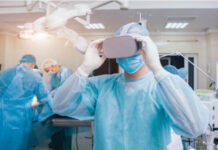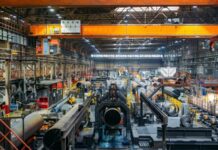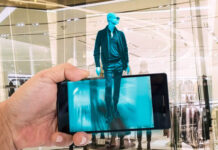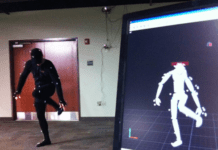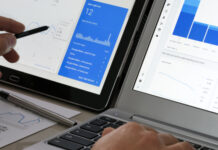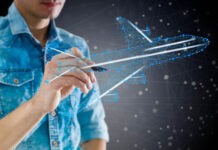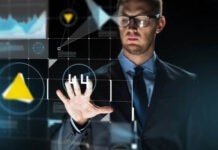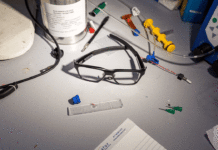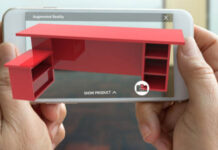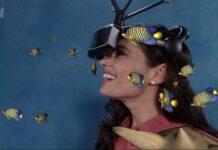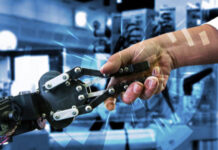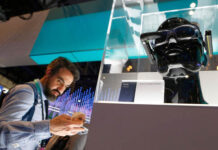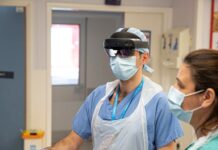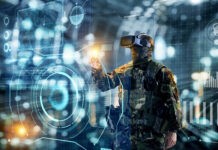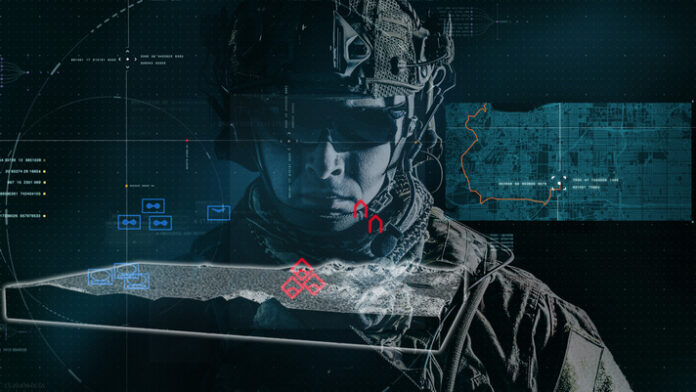
In a world where technology is evolving at a rapid rate, it would seem as if problems are becoming smaller. The devices and applications we have access to today seem to solve any obstacle with the swipe of a thumb or the click of a button. It has evolved over many years from something as simple as a telephone to smartphones, we now hold in our hands. Riding this wave and making its recent appearance in the ever-changing world of technology is virtual and augmented reality, concepts that the consumer already knows of, but mixed reality is still a fairly new idea to the public even though it has been in development for some time.
What is mixed reality?
Mixed reality is used to describe virtual and augmented reality experiences where a user can interact with objects and set them into the real world as they choose. It is very much focused on merging the physical world with the digital. It bridges the gap between augmented and virtual reality. MR is an advancement of AR which has already been spread throughout different companies, enterprises, and sectors around the world.
The technology offers a revolutionary way for industries to gain an edge and set business far above their competitors. Many big brands are investing in MR. Some big companies like Ford, Deloitte, and Volvo, have already started implementing the technology to provide an interactive experience to their clients. It has also shown to improve processes, save time, money, and speed up the road to excellence. Its unique concept pushes industries to better their solutions in all dimensions. The earlier a business accepts and implements MR technology, the earlier they can gain the upper hand in the market field.
There are three levels of environment when dealing with MR. They are as follows:
Enhanced environment: If you are using an enhanced environment app like Microsoft HoloLens, your real-world surroundings will form the central core of the experience along with a series of useful apps.
Blended environment: This type of environment occupies a middle ground during the MR experience. It uses the view of the user’s physical surroundings with some digitally transformed elements. Real-world objects, however, will remain unchanged.
Immersive environment: This is often seen as the third level of a MR environment. Here the view in the headset is unrelated to the view around the user. Instead, the user is placed in a completely different setting.
From the above, it is clear that MR experiences place new elements to already existing surroundings in innovative and interesting ways. In this way, MR will continue to transform lives by revolutionizing the way we interact with the world. This will impact several dimensions and verticals of life and business such as the travel industry, education, and healthcare. It offers a brand new way of overcoming obstacles in business. Businesses and business owners must understand what MR could offer. Here are a few practical examples:
Mixed reality in a factory
One of the sectors that will get the most out of MR technologies is the manufacturing industry. Factories are often overwhelmed with products and often workers are overworked. This leads to inconsistencies, valuable time is wasted, and in turn money being lost. This does not mean that technology will replace humans. It simply means that humans will be working with technology to ensure efficient and effective working processes. MR solutions in a factory are aimed at improving business & working environments for employers and employees.
Toshiba predicted that about 82% of enterprises will make use of MR technologies to solve problems and streamline processes within the next 3 years. A British company recently started using MR systems to improve productivity on the floor and this leads to better quality in products. They also use the same system for the training of new staff.
A multi-nation defense, security, and aerospace company, BAE Systems, has been using HoloLens in its processes to make electric propulsion devices. By using this device, the company realized that it reduced its assembly time in half which saved them a lot of time during their production processes.
Mixed reality for education
There have already been quite a few MR systems put in place in the education sector and it has shown that it increases a student’s ability to learn and retain information. By using 3D projections and simulations, students have the opportunity to interact with and manipulate virtual objects.
This interaction of virtual objects gives them the necessary boost to want to learn more about a certain area. It allows them to study it in a relevant manner. This system is not only used in schools, also in training colleges, and the working environments for training of new staff.
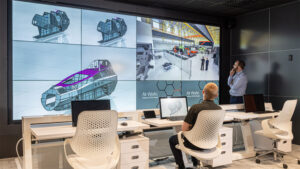
Students at the Case Western University in Ohio used MR systems to study human anatomy by using a life-sized standing 3D image. This image can walk around and the students can dissect, manipulate, and examine it from all different angles. By examining a 3D model of a body it offers an unobstructed view of anatomy which is not always possible when dealing with a physical cadaver. HoloLens also allows the entire class to see the same images at the same time. This allows the class to train at the same tempo without missing a beat.
Mixed reality for automobile design
MR will have a huge impact on the way we travel. It will change the way manufacturers produce automobiles in the future. Ford was one of the first car manufacturers to implement MR technologies in its models. Its engineers and designers could create new designs at a much lower cost. Microsoft HoloLens headsets were used to impose new design features onto their clay models. This enabled them to visualize the final look. This eliminates the need for a new prototype with each new change made.
It was not long after Ford introduced MR to the industry that other car manufacturers followed suit. Renault Truck, the leading French manufacturer is using HoloLens at its Lyon-based facility to improve the quality control process. Other carmakers that jumped on the MR bandwagon include Volvo and Audi which used MR to utilize vehicle design.
Mixed reality in construction design
MR allows architects and construction workers the freedom to first see the virtual structure of a building in its actual location before carrying on with the planning process. MR software architects use HoloLens and BIMs to evaluate and assess the internal elements of the structure. As soon as the project moves into the building phase, MR technologies are used to impose BIMs onto actual enabling of identification of any discrepancies.
Mixed reality in entertainment
We are used to having immersive VR and AR games in the entertainment industry but MR brings even more exciting innovations to the world of gaming. The price of MR headsets has not yet decreased. There is already a wide range of MR-friendly games available to entertain those who can afford it. Some of the examples include:
Arizona Sunshine: This game is rooted in the post-apocalyptic world of the undead, don’t let that put you off. According to reviewers who were brave enough to don the headsets and enter the immersive world, this first-person shooter game offers thrilling adventures through a MR environment.
Form: This puzzle-solving game places the players inside a virtual simulation of the human mind. It is designed to run on high-end gaming systems and continuously morphs the player’s journey. It gained widespread praise for its story line and amazing MR experience.
Space Pirate Trainer: This first-person shooter game might be considered as more of a workout tool, it expects players to make full use of the space around them. It has been dubbed as one of the best MR games on the Steam platform.
Deloitte has predicted that over 150 companies have already implemented MR solutions in their businesses to improve processes and practices. A recent report also stated that nearly 14.4 million US workers will wear smart glasses by 2025. As seen above, the possibilities of MR are endless. It allows the user to color and even write their world as they see fit. The success and immersive interaction will not only be experienced in enterprises. The experience will also be implemented in users’ personal lives.
At the moment, these technologies are still undergoing testing and experimentation in various sectors of different industries. There is already an interest in this type of technology. The market is busy growing despite it being in its testing phase with Technavio projecting compound annual growth of 90% by 2021. It would seem as if VR and AR merely laid the foundation for MR to blossom. They were simply stepping stones on the road to something bigger. It is an excellent time for companies to start thinking about transitioning towards MR technologies and solutions in the workplace.
References:
Real Life Cases of Mixed Reality, New Gen Apps, 13 April 2020. newgenapps

